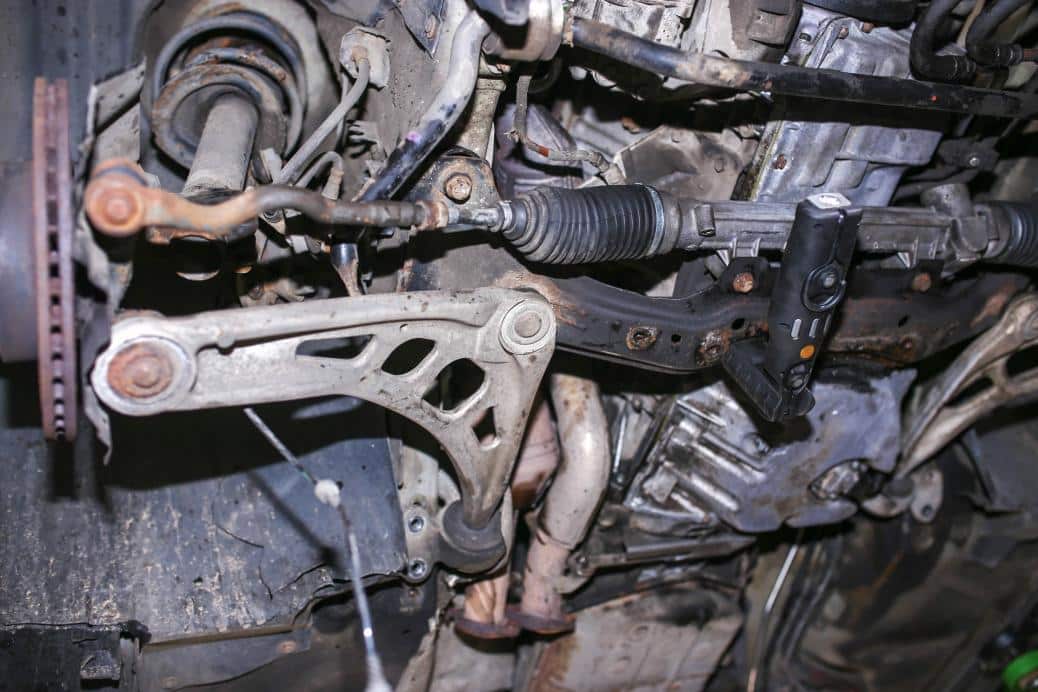0 items - £0.00
No products in the basket.

Imagine your wireless headphones need charging, but you soon realise that the charging cable is missing. The headphones have a Type B for a charging port, and your only available charging cable has the newer Type C plug. There’s no way for two different systems to fit unless you use a special adapter to bridge the gap.
In industrial and automotive applications, couplings work more or less like the said adapters. Small but indispensable, these parts allow linked components to work even when their differing shafts don’t let it. Given the right kind installed, a coupling can help complex machinery work when it needs to, even prevent crippling damage.
Cars are one such machinery, with one example being couplings in the steering system. Knowing when to swap worn-out couplings with fresh ones is relatively easy. The signs range from a shaky steering wheel to odd noises emanating under the hood. In this case, it pays not to delay a replacement.
Here’s a close look at how they operate and protect a car from lasting damage.
Allow Some Misalignment
In spite of how precise manufacturers make their car parts, the possibility of the end product being off by a few digits is always present. The minuscule difference can add up once the assembly of the steering and other automotive systems begins.
Couplings save them a lot of trouble due to their ability to connect two shafts regardless of their disparity. They deal with various types of mounting errors, the three most common being:
Couplings can mount shafts in two ways: taper lock or keyless locking devices (KLDs). A taper lock is adaptable enough for most applications, but it can result in a decrease in torque. On the other hand, KLDs don’t carry any backlash that can affect torque but may interfere with nearby mechanisms if the size doesn’t match.
Because of this, knowing the correct coupling to use is crucial. There are plenty of factors other than torque and misalignment to consider as far as cars go. You can check out this great post to read for further technical information.
Prevent Total Damage
You may ask why the manufacturer doesn’t just build a system that combines both drives. While it won’t need couplings or other components, it isn’t standard practice for several good reasons. One of these is the risk of total damage, particularly from a road mishap.
Now picture a car that operates on a single shaft—no couplings whatsoever—suffering a nasty crash. Whether the driving or driven side has taken damage, repairing it will require taking out the entire drive. Costly as it seems, it gets costlier if the whole thing needs to be replaced.
As such, manufacturers build a car’s systems independent of the other. Couplings connect these systems, but they do more than just that. They also prevent hazards such as heat, shock, and physical trauma from one side from reaching the other. If a car does suffer damage from an accident, couplings can limit it to one section. It prevents vibration from the impact from being trnasmitted to the motor and damaging it. Essentially, couplings absorb the vibration.
Mitigate Loss Of Steering
As mentioned at the beginning, couplings are standard in steering systems. A flexible coupling links the steering shaft from the column and the input shaft from the steering gear. It establishes control, which is crucial in situations when proper steering can save lives.
One instance is wet or icy roads, which reduces traction and increases the risk of skidding. Many motorists have crashed into obstacles or other cars due to driving in such conditions. Recovering from skidding depends on the affected wheels, but it involves steering in the desired direction.
Nobody wants to be caught with a worn-out flexible coupling in a snowstorm or torrent. It can result in the steering wheel shaking intensely, feeling loose, or locking up. The driver will have to compensate for this. If unsuccessful, it could lead to a serious mishap. While vehicle defects aren’t often to blame for accidents, the fact remains that steering wheel couplings can help keep cars in control on the road.
Conclusion
Despite being installed deep within its systems, couplings are instrumental in protecting a car from harm. Their role in bridging the gap between shafts adds up when you need your ride to work as intended, especially in inclement weather.

Development Office, Unit 211 East London Works, London, E1 1DU
© 2017 3Dom Wraps | Terms & Conditions | Privacy
Created with love @ 